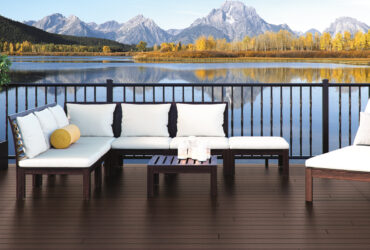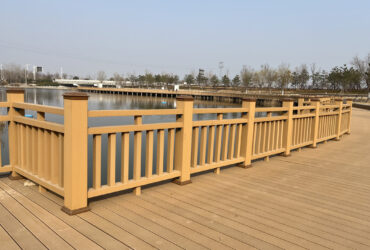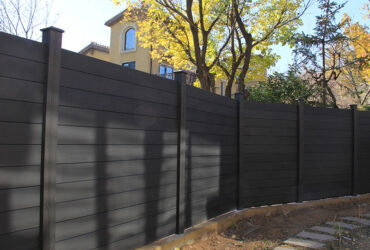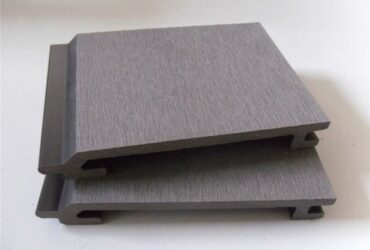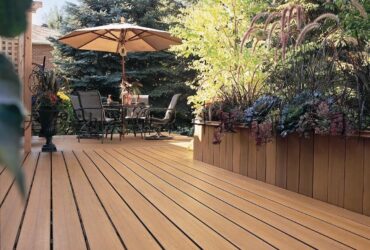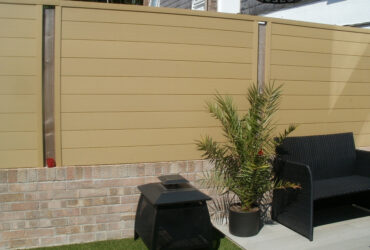Modified Plastic Wood Is Applied to Architectural Templates
With the rapid development of the modern construction industry, cast-in-place concrete structures have become the main structural form of civil engineering in my country. The cast-in-place concrete structure must use building formwork during project construction. Although the building formwork is a temporary auxiliary structure, its role cannot be underestimated. On the one hand, the building formwork should be able to ensure the project quality and construction safety, speed up the construction progress, and reduce the project cost. On the other hand, the building formwork needs to make the structure and geometric dimensions of the concrete meet the specified requirements, so the design requirements of the building formwork are higher. Therefore, the building formwork panels should have sufficient strength, elastic modulus and wear resistance. In addition, since the formwork will be in direct contact with the concrete slurry and exposed to the outdoors for a long time, the hydrophilicity of the formwork material should be reduced as much as possible. Compared with traditional plywood, wooden boards and metal formwork, plastic-wood composite formwork has suddenly emerged due to its advantages of both wood and plastic, and has gradually developed into the mainstream building formwork. At the same time, due to the long-term problems of uneven distribution and low utilization rate of wood materials in our country, relevant departments in our country are paying more and more attention to the research of wood-plastic composite materials.
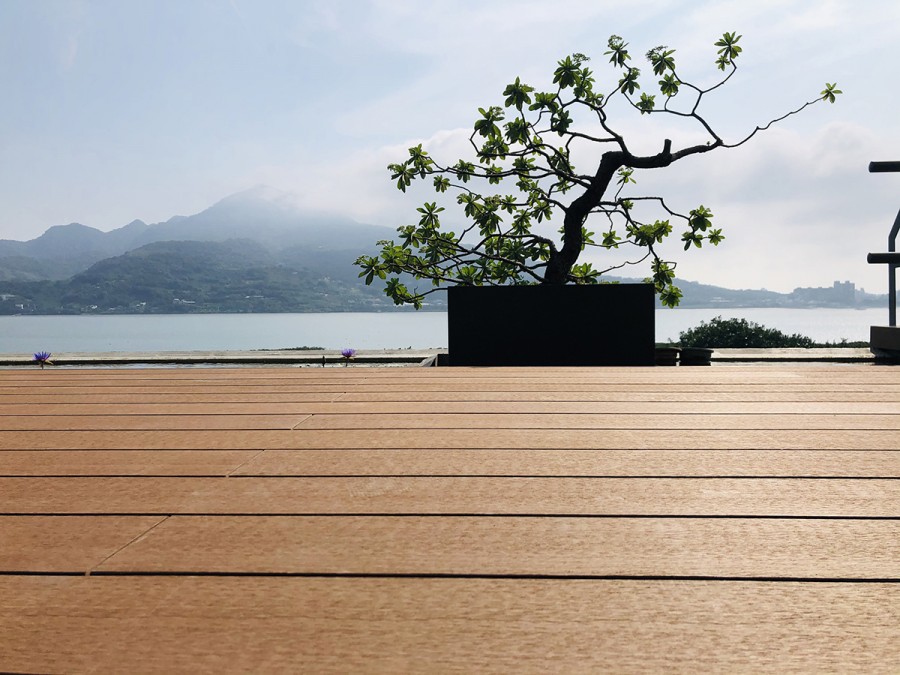
As the country attaches more importance to and supports agriculture and forestry, rice production in Northeast and South China has increased year after year. Rice husk is generally used as fuel energy due to its low nutritional value.At present, rice husk has a new use, that is, in the form of rice husk powder, it has become a raw material for wood-plastic products and plywood.In addition, the area of artificially planted poplar trees in North China is also increasing. In addition to making wooden furniture and papermaking, the scraps of poplar wood can also be ground into powder and used to make wood-plastic composite boards. Currently, commonly used composite plastic substrates for building formwork include polyethylene (PE), polypropylene (PP), and polyvinyl chloride (PVC). Traditional wood-plastic composite materials have shortcomings such as poor compatibility between wood fibers and polyolefin polymers, moisture resistance, and unstable mechanical properties. Generally, they cannot meet the requirements for use in building formwork.Therefore, necessary modifications need to be made during the actual preparation of plastic-wood composite materials.
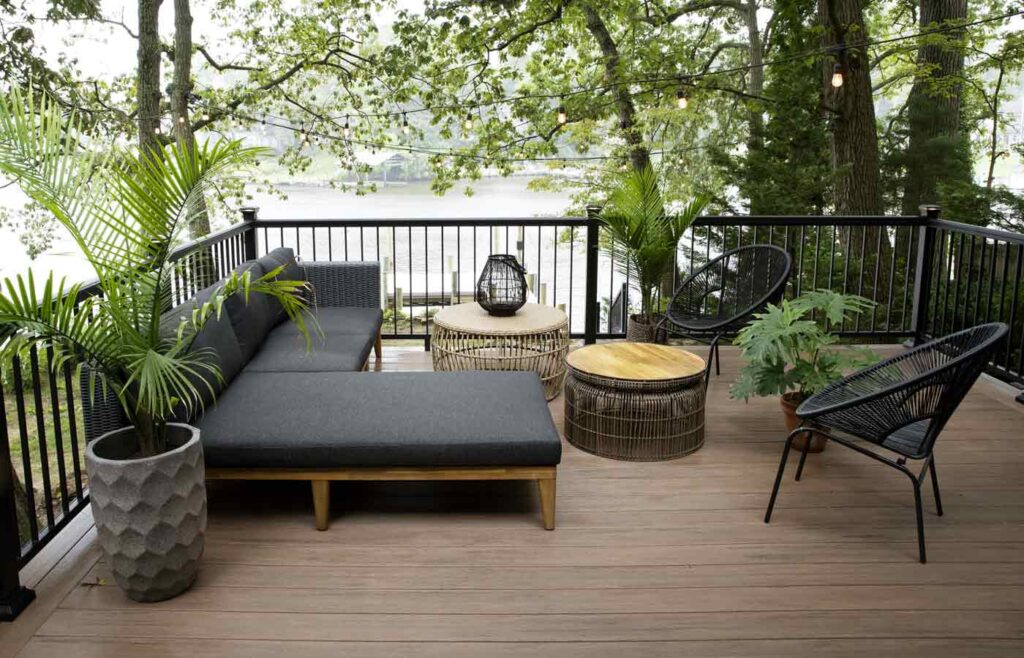
Mixing processing of wood powder and plastic: First heat the roller of the mixer to the PP plasticizing temperature (115℃), then put the PP raw material onto the roller after the temperature stabilizes, and wait until the PP raw material is in a molten state.Then add the surface-treated wood powder, add other additives and fillers in proportion, and mix at a rotation speed of 800r/min for 20 minutes.Hot pressing and cooling molding of plastic-wood composite materials: The mixed plastic-wood composite material melt is made into various special test specimens, and then hot-pressed and shaped in a hot plate hot press [temperature (160±5) ℃, Pressure 20MPa], after a certain period of melting and hot pressing, release the pressure and cool to a temperature less than 80°C, and then remove the mold to obtain the test piece. After the test piece has been cooled for more than 16 hours, it will be completely cooled and solidified, and then its various properties can be tested.
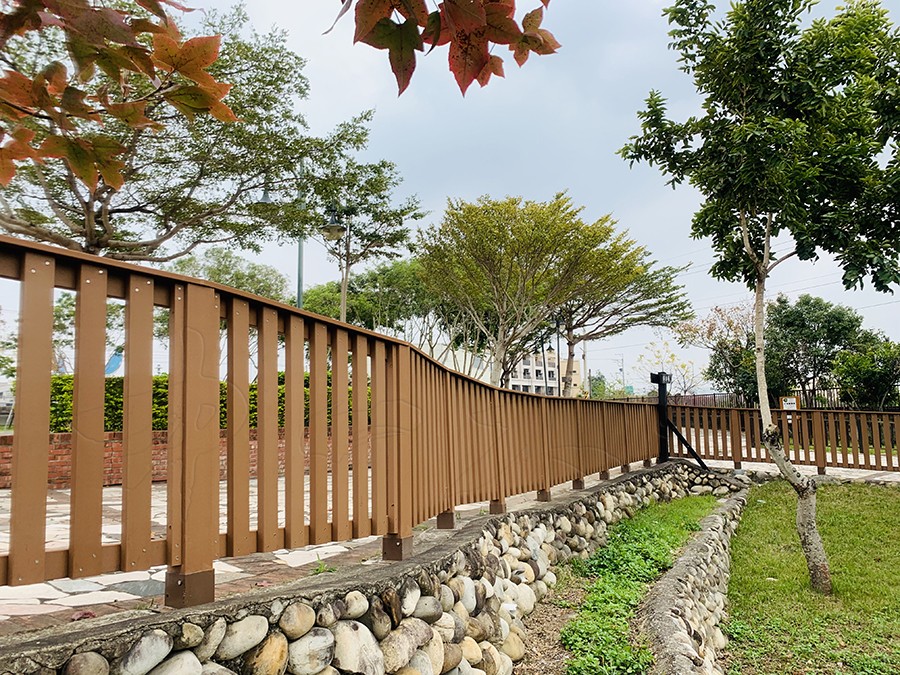
The hydrophobicity of the wood-plastic composite material obtained by blending the wood powder and PP after surface hydrophilic treatment is significantly improved.After modification with different auxiliaries and additives, the mechanical properties, wear resistance and thermal stability of plastic wood composite materials can be improved.The hydrophobicity, mechanical properties, wear resistance and thermal stability of plastic-wood composite materials determine the performance of plastic-wood composite building formwork.Therefore, as an emerging building formwork, modified wood-plastic composite building formwork will have broad application prospects in the future construction industry. Its extensive development and application can further promote resource optimization and technological innovation in my country's construction industry.

